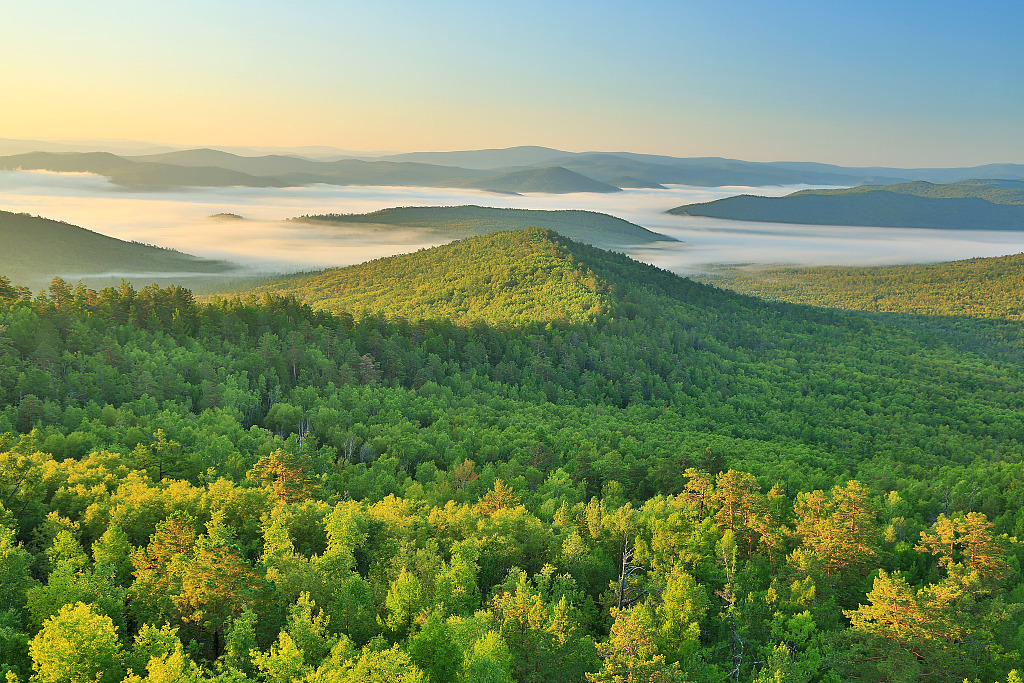Chinese researchers have revealed that multispecies planting in forests promotes the growth of trees compared with single-species planting, said a study paper published in the journal Science.
Multispecies tree planting has been long applied in forestry and landscape restoration to provide better ecosystem services such as a richer habitat for animals. But few studies have systematically assessed its effectiveness.

Multispecies planting in forests promotes the growth of trees compared with single-species planting. /VCG
Multispecies planting in forests promotes the growth of trees compared with single-species planting. /VCG
A research team from the College of Urban and Environmental Sciences under Peking University compiled a global dataset of multispecies planting forests with 243 tree species from 255 sites.
They found that the average tree height, diameter at breast height and aboveground biomass in multispecies sites were 5.4, 6.8 and 25.5 percent, respectively, higher compared with that of monocultures.
The positive effects were mainly the result of interspecific complementarity and were modulated by differences in leaf lifespan, stand age, planting density and temperature, the paper said.
It told that the yield increase of multispecies plantings reached the maximum when the stand age was about 25 years and the planting density was between 2,500 and 4,100 trees per hectare.
The study results have implications for designing afforestation and reforestation strategies and providing references for global forest restorations, said the paper.
(If you want to contribute and have specific expertise, please contact us at nature@cgtn.com.)
Source(s): Xinhua News Agency

